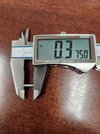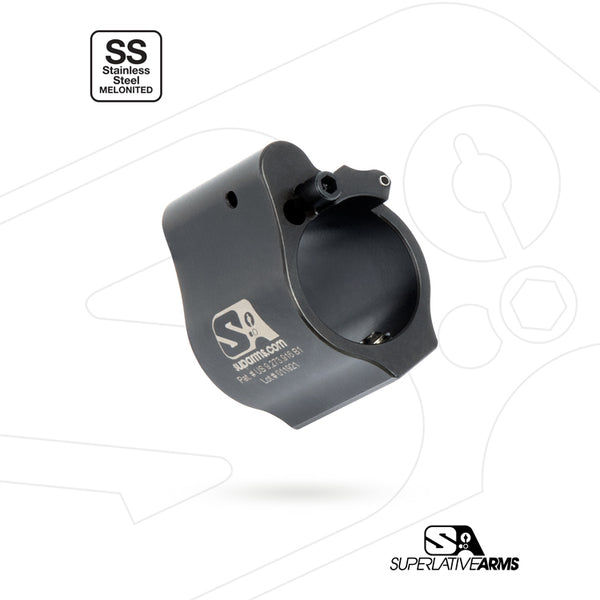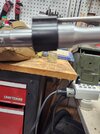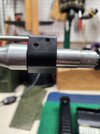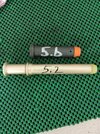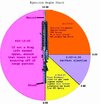I changed out a 223 barrel from 7.5 to 10.5" and installed an adjustable gas block. While at the range today trying to tune the block, it was completely over gassed even with the block 99% of the way closed. The brass was ejecting at 2:00. All this is with a can on the end of the gun.
Without the can, I could get the brass to eject at the 3:30 position.
When I got this gas block, it had a small round steel rod about 1/8". I am not sure what that is for. Any ideas?
Without the can, I could get the brass to eject at the 3:30 position.
When I got this gas block, it had a small round steel rod about 1/8". I am not sure what that is for. Any ideas?


